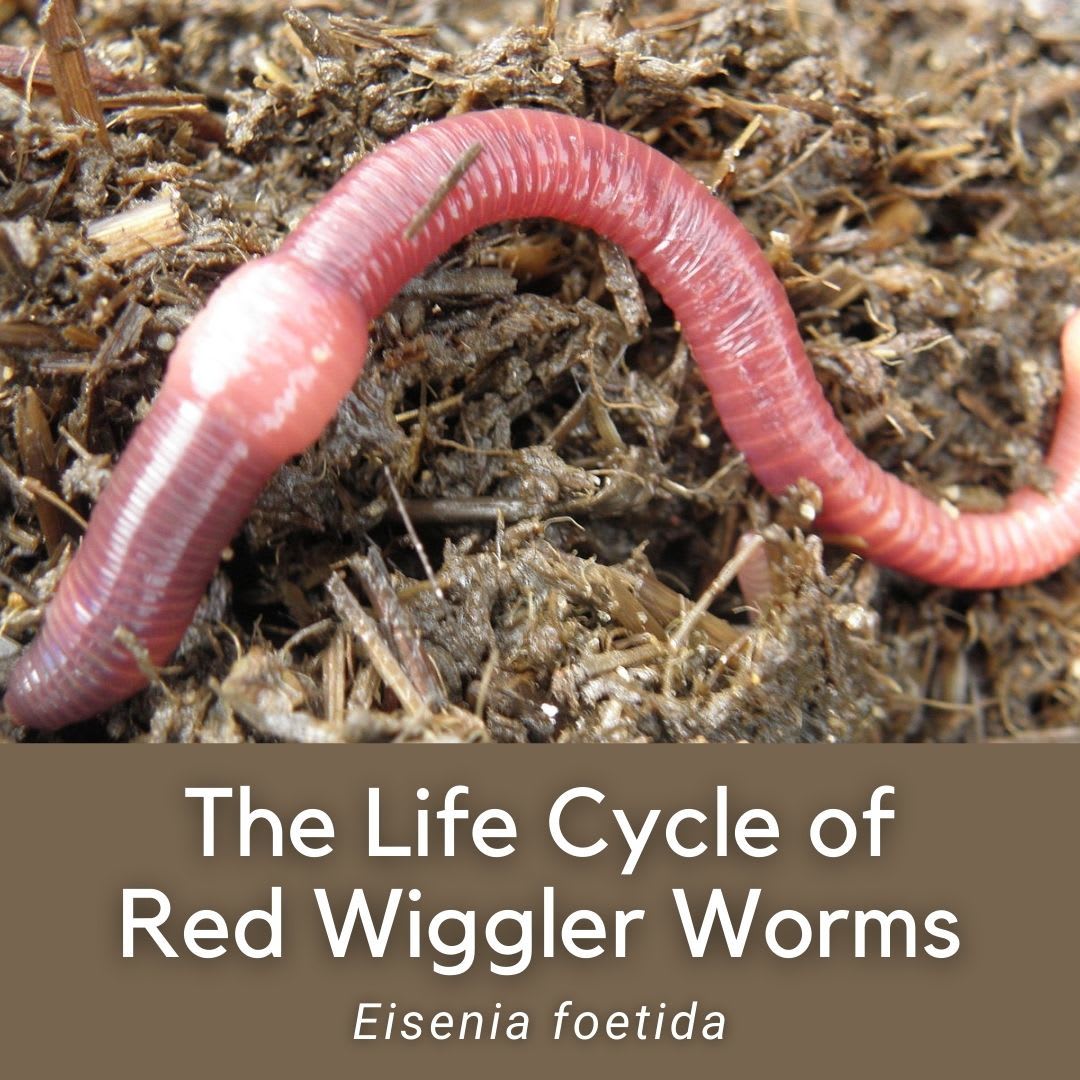Enhance Your Lawn Care Routine with Top-Quality Lake Hickory Bait Products
Enhance Your Lawn Care Routine with Top-Quality Lake Hickory Bait Products
Blog Article
The Unbelievable World of Red Wigglers: Boost Your Dirt Fertility Today
These tiny yet efficient organisms change natural waste into valuable worm spreadings, considerably enhancing soil wellness and promoting lasting practices. As we explore the benefits of vermicomposting and the practical steps to produce an effective worm container, the possible impact of these worms on your gardening success comes to be increasingly noticeable.
Recognizing Red Wigglers
Red wigglers, scientifically called Eisenia fetida, are a species of earthworm that play a critical duty in boosting dirt fertility. These worms flourish in organic-rich settings, such as compost stacks and decaying plant product, where they consume natural waste and excrete nutrient-dense spreadings. Their special anatomy, featuring a segmented body and a clitellum, permits them to duplicate rapidly and effectively procedure large amounts of raw material.

The environmental significance of red wigglers extends past simple waste handling; they add to the dirt food internet, promoting a varied community of microbes that further improve dirt health and wellness. Comprehending the biology and actions of red wigglers is crucial for utilizing their full possibility in lasting farming and gardening practices.
Benefits of Vermicomposting
(Lake Rhodhiss Bait)Harnessing the power of red wigglers through vermicomposting deals various benefits that dramatically improve dirt health and fertility. Among the key advantages is the production of nutrient-rich worm castings, which are an exceptional natural plant food. Red Wiggler Express. These spreadings contain necessary nutrients like nitrogen, phosphorus, and potassium, promoting robust plant growth and boosting plant returns
Additionally, vermicomposting enhances dirt structure and aeration. The visibility of worm castings enhances soil structure, permitting for far better water retention and drain. This balanced dampness level is important for origin development and the total health of plants. Red wigglers help break down natural matter, accelerating decay and reusing nutrients back into the soil.
Vermicomposting additionally fosters microbial task, which is important for a healthy soil ecosystem. Beneficial microbes flourish in the visibility of worm castings, aiding in the break down of natural products and improving vitamins and mineral availability to plants.
Finally, vermicomposting functions as an efficient waste monitoring solution, lowering garbage dump waste by reusing kitchen area scraps and various other organic materials. This not only adds to ecological sustainability yet additionally advertises a round economic climate within horticulture and farming.
How to Establish Up a Worm Container
Setting up a worm bin is a straightforward process that can significantly improve your composting initiatives. Begin by selecting a suitable container, which can vary from a commercially available worm container home to an easy plastic or wooden box (Red Wiggler Express). Make sure the container has appropriate air flow; tiny openings in the lid and sides will help with air blood circulation
Next, create a bed linen layer to offer a comfy atmosphere for the red wigglers. This can be made from shredded paper, cardboard, or coconut coir, moistened to a damp, sponge-like uniformity. Load the container to around one-third complete with this bedding product.
As soon as the bedding is prepared, it's time to present the worms. Red wigglers prosper in organic waste, so place them gently onto the bed linen. Cover the worms with a light layer of additional bed linen to assist them accustom.
Feeding Your Red Wigglers
Giving the best food for your red wigglers is crucial for their health and wellness and the effectiveness of your composting system. Red wigglers thrive on a different diet, primarily containing organic materials such as fruit and vegetable scraps, coffee grounds, and shredded paper. These products not just offer crucial nutrients but also add to the microbial task in the worm bin, which is essential for the worms' digestion.
It is necessary to stay clear of particular foods, such as dairy items, oils, and meats, as these can bring in insects and produce unpleasant odors. In addition, citrus peels and excessively zesty foods should be limited because of their potential to damage the worms. A balanced method to feeding involves keeping track of the quantity of food presented to the container, guaranteeing that it is eaten within a sensible period to stop excess waste accumulation.
To advertise optimal food digestion, it is beneficial to chop or shred bigger food things prior to including them to the container. This technique increases the surface for microbial action, helping with quicker decay and enhancing the total effectiveness of your composting system. Routinely observing the worms' feeding practices will aid you change their diet plan as needed.
Utilizing Worm Castings in Your Garden

(Lake Hickory Bait)Including worm castings right into your garden can be completed by mixing them right into the dirt or utilizing them as a leading dressing. The slow-release nature of these castings makes sure that nutrients are offered to plants over an extended duration, lowering the demand for artificial plant foods. In addition, worm spreadings include valuable microbes that advertise healthy and balanced dirt communities, improving the overall resilience of your garden.
To maximize the benefits, objective to use about one part worm spreadings to 3 parts dirt in your growing beds. Normal applications can lead to boosted plant returns and much healthier plants, making worm spreadings an indispensable source for both newbie and knowledgeable gardeners alike. By using this natural amendment, you can cultivate a thriving yard while adding to sustainable horticulture methods.
Final Thought
In verdict, red wigglers exemplify the vital role of vermicomposting in improving dirt fertility. Their capability to transform organic waste into nutrient-rich castings significantly enriches soil framework and supports microbial variety.
Report this page